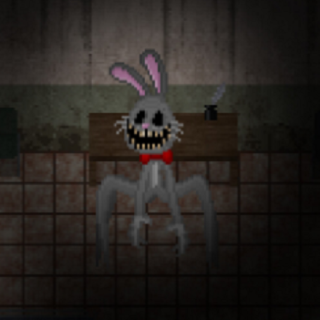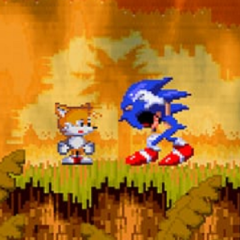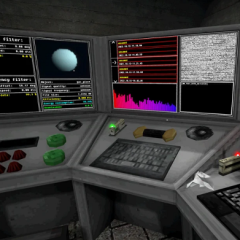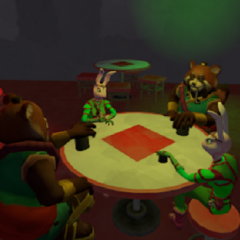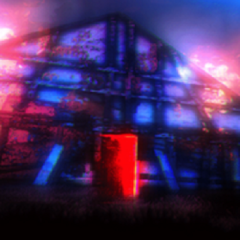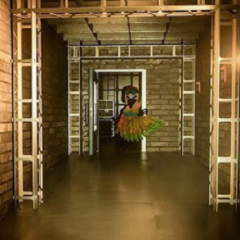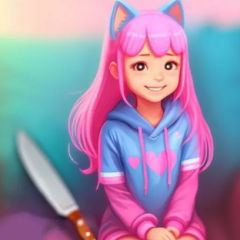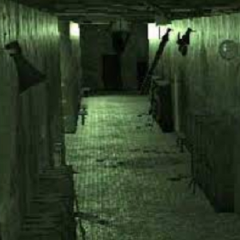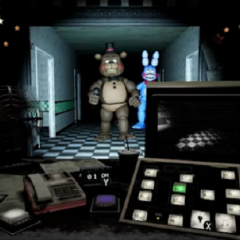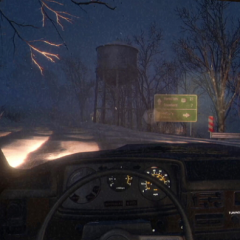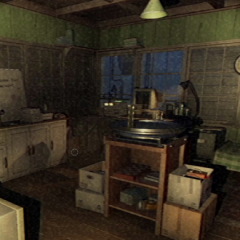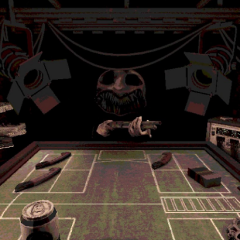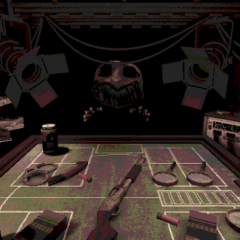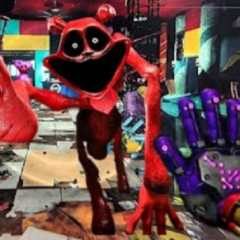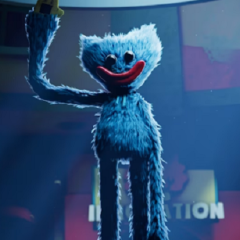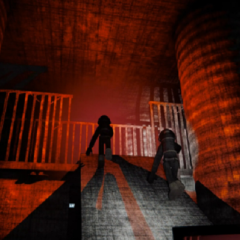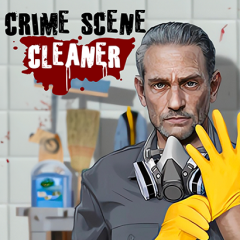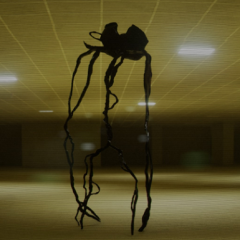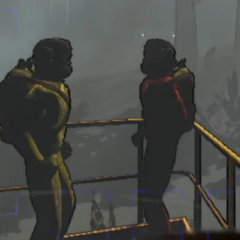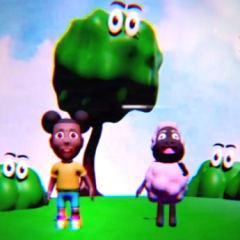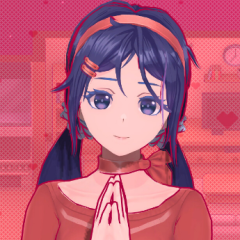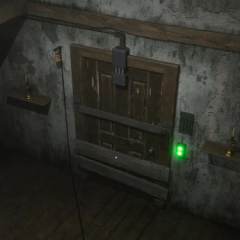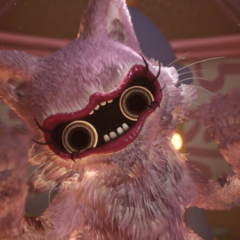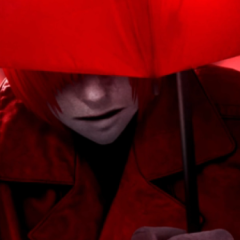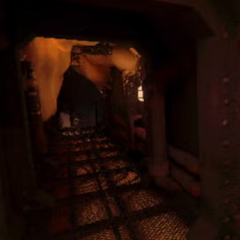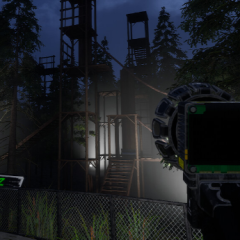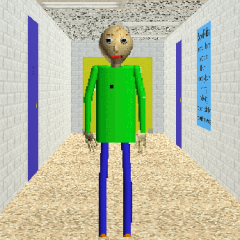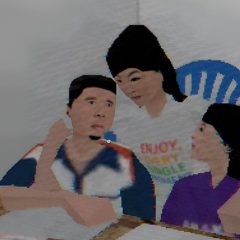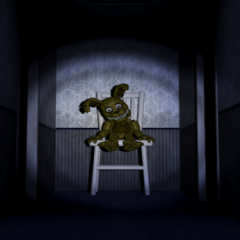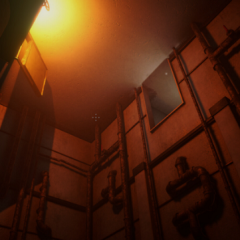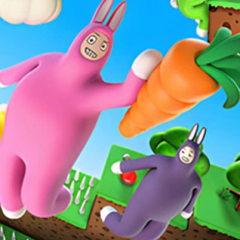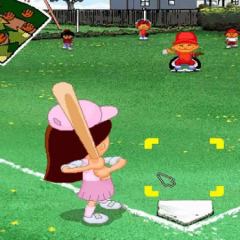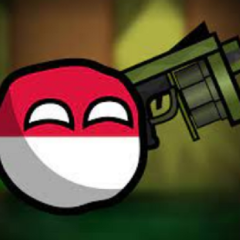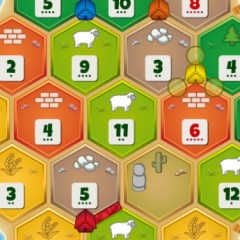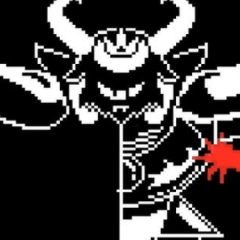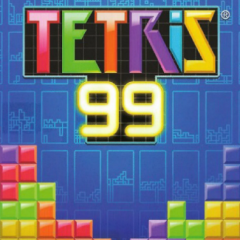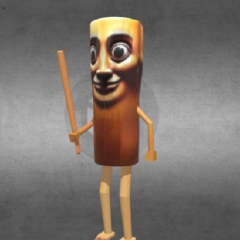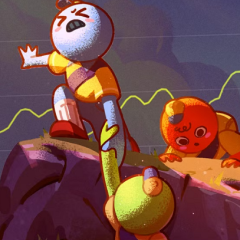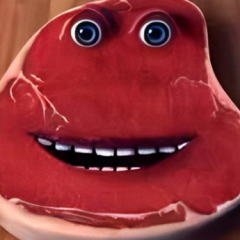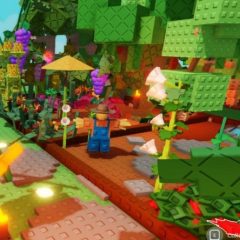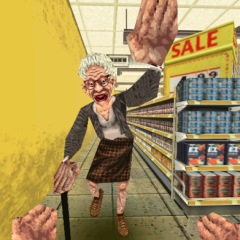Mr. Hopp’s Playhouse: The Toybox
Mr. Hopp’s Playhouse: The Toybox develops the existing world of haunted toys and hidden memories through a new story centered on Kaiya and Emmie. The plot begins in a small house where ordinary toys become gateways to something unnatural. A toybox, once a harmless object, turns into the source of unexplained visions that affect both characters. Kaiya, the guardian, takes responsibility for exploring this space to protect Emmie. The game uses the toybox as both a physical and psychological setting, creating layers of mystery that connect the real world with a dream-like environment full of danger and uncertainty.
Narrative and Setting
The story moves between day and night, reality and illusion. Each sequence changes perspective, showing how the toybox reshapes what the characters see. The player controls Kaiya and navigates through rooms that shift in size and structure. Objects that once seemed familiar become parts of puzzles or obstacles. The design of each environment guides the player toward collecting fragments of information that explain why the toys came to life. Mr. Hopp, the returning antagonist, appears less as a simple threat and more as a symbol of unresolved events linked to the past.
Gameplay and Progress
The gameplay continues the tradition of slow tension and survival logic. The player avoids direct confrontation, focusing on silence and precision. Kaiya must hide from both Mr. Hopp and the new enemy, Mr. Ruffle, while gathering essential objects. Every decision affects the player’s ability to survive and progress deeper into the toybox.
Core actions include:
· observing the environment for clues and openings
· solving logical puzzles to unlock new sections
· evading enemies through movement and timing
· restoring power or light to navigate dark zones
· discovering written records that clarify the timeline
This pattern of play defines the rhythm of the experience and replaces traditional combat with controlled movement and timing.
Themes and Continuity
Mr. Hopp’s Playhouse: The Toybox examines themes of responsibility, loss, and the connection between protector and child. It expands the story introduced in previous parts by revealing new aspects of the curse surrounding the toys. The toybox itself represents memory — a place where forgotten fears remain stored. Each discovered fragment of the story reflects how imagination can transform safety into threat. The minimalistic presentation allows the player to focus on sound, movement, and atmosphere, making the game a study in quiet tension rather than spectacle.
